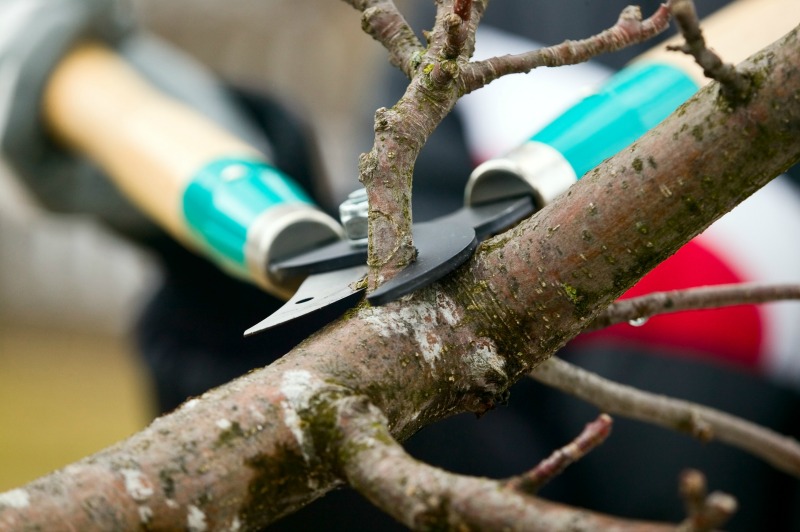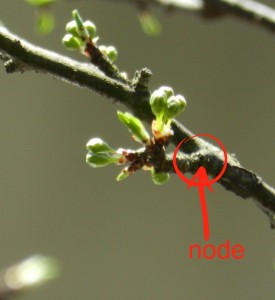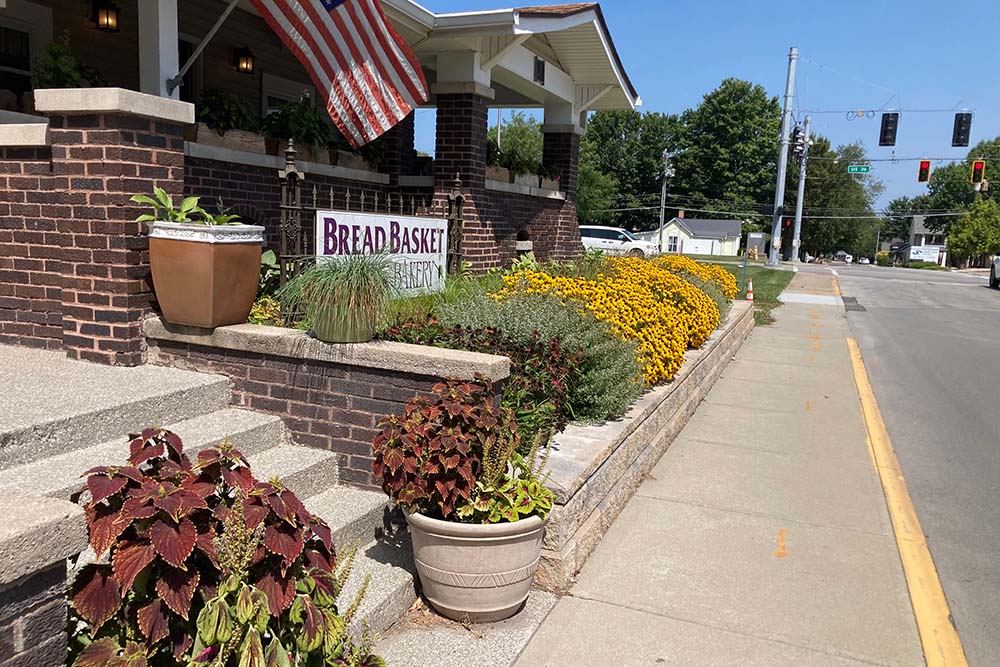Ever wonder why some people take out a pair of shears every year and attack their trees and bushes? You may have heard this unceremonious hacking is called pruning, and is in fact very beneficial for trees and shrubs. Unfortunately, this method of cutting back plant growth is not nearly as easy as other aspects of gardening. Many who take a blade to a tree or bush end up, with very good intentions, butchering their plants. Pruning should be done with care and an understanding of when, how, and why it is done. Otherwise a plant can be ruined for years or permanently. It is best to be very well informed by research or an expert landscaper before adding this chore to your honey-do list.
Benefits of Pruning
Plants are pruned for several purposes:
Improving Health
Plants are weighed down and drained of energy by sick and dead areas. Cutting these out is a large part of pruning. Incorrect or irregular growing habits can also be fixed by some expert pruning. For flowers seeds take a lot of energy to produce, so removing seed heads—even the healthy ones—is desirable in many cases.
Hastening or Enhancing a Blooming Period
Pruning can make some plants bloom earlier, though not every plant will benefit from an early blooming period. Some plants like to bloom on new wood, some on old wood, and there are other factors that determine pruning practices. A landscape professional should be contacted about when to prune flowering shrubs or trees.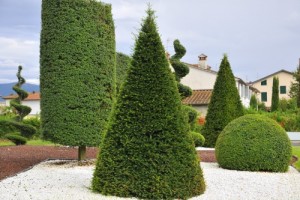
Adding to a Garden’s Aesthetic Design
Cutting shrubs and bushes to interesting shapes, or pruning them to grow a certain direction, adds to many landscape designs. This type of pruning definitely needs an expert hand to execute properly.
What Plants Should You Prune?
Many plant types should and can be pruned. Trees are especially in need of various kinds of pruning to keep them healthy and growing correctly. However, tree pruning is best done by professionals. Many homeowners get their trees topped or stubbed, which only weakens them and makes them look ugly! Neither of these practices should ever be used!
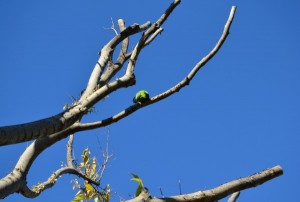
Pruning shrubs can keep them shapely, and helps with blooming. Some perennials can and should be pruned, especially when it comes to dead-heading. Again, asking an expert and researching your plants needs to be done before going to town on them.
How & When To Prune
The time to prune depends on many things, and differs greatly with each plant. Asking an expert and researching for each type of plant is the best way to determine your plants’ needs.
How to prune also depends on the plant, and again an expert and research should always be consulted. For trees and plants with arms, you cut to the nearest node.
You don’t want to leave a stick because it will die back to that nearest node anyways and the dead end will invite insect and disease problems. Be careful not to peal the bark. Bark is a very important barrier and damaging it hurts the health of the plant. Use sharp tools; the cleaner the cut, the better the plant will recover.
Remember, pruning can be done by anyone, but patience, knowledge and practice are extremely important!


